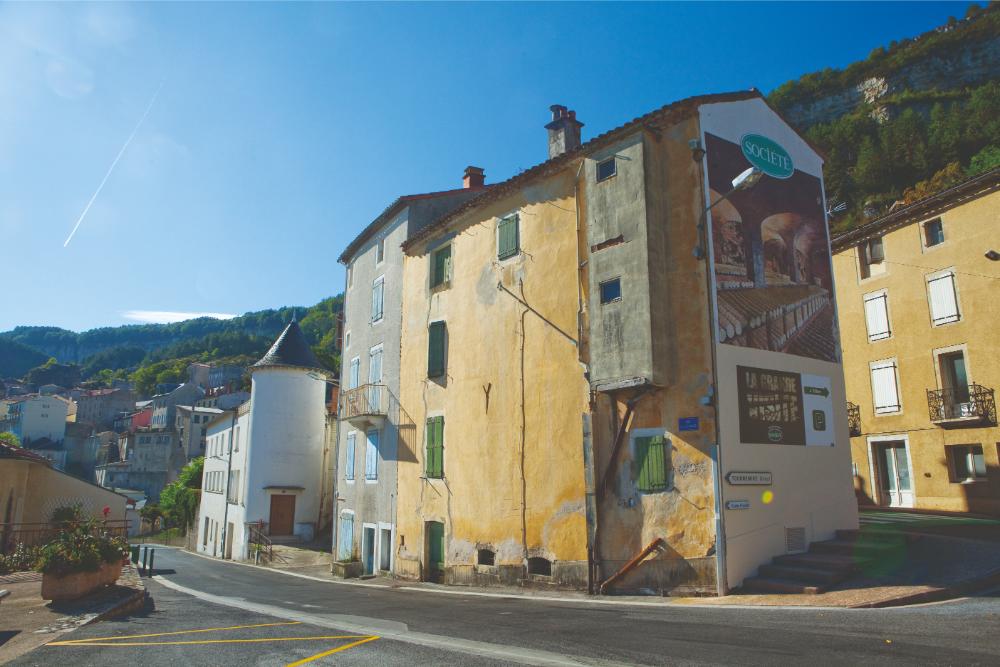In the first of a three-part series on regional cheeses, Chloe Govan unveils the underground world of Roquefort, and explores other irresistible fromages from southwest France…
It might be a bit of a cliché, but right up there with berets and wine and the Eiffel Tower is France’s unparalleled reputation for top quality cheese: almost nothing is more quintessentially French than fromage.
The country is so notorious for its vast array that former President Charles de Gaulle once jokingly quipped: “How can anyone govern a nation that has 246 varieties of cheese?” Meanwhile, Winston Churchill attempted to lighten the mood during Germany’s wartime occupation of France by declaring that a country with so many cheeses “cannot die”. Nowadays, of course, there are even more varieties, with some suggesting the figure lies at over 1,000, meaning even the hungriest of Francophiles would struggle to try them all. Perhaps one cheese that absolute beginners should avoid is Burgundy’s Époisses – it has such a pungent odour that it’s despised by commuters and has now been banned from public transport altogether.
Zoning in on cheeses of the south, there is surely none quite as iconic as Roquefort – the first ever of just 46 varieties to be awarded Appellation d’Origine Contrôlée (AOC) status. Endorsed by the government, the label proves its authenticity and commitment to traditional manufacturing methods. As the legend goes, Roquefort was first crafted entirely by accident. A lovestruck teenage boy hastily abandoned his lunch of bread and cheese to rush off in hot pursuit of a beautiful woman, and three months later, when he returned to the cave where he’d stashed it, it had inevitably been struck by mould. He ate it anyway, and couldn’t stop raving about the unexpected taste sensation. Roquefort was born, and by 1411, King Charles VI had granted the farmers of the tiny village of Roquefort-sur-Soulzon the rights to produce it as their trademark. Every royal from that point on gave it the seal of approval, with famous philosopher Diderot declaring it the ‘king’ of French cheeses.
Going underground
The mould, known as penicillium roqueforti, occurs naturally in the legendary limestone caves but is also made in labs, while strict guidelines for the world famous cheese’s production state that it must only be aged in those caves, using the milk of the local Lacaune sheep. Expert cheese affineurs are employed to ensure a constant temperature of 10°C is maintained all year round so as not to jeopardise the process by which Roquefort’s intense, tangy flavour is achieved.
Meanwhile, just a single dose of mouldy bread is sufficient for 5,000 litres of milk. To accelerate the mould growth, the cheese can be punctured with tiny needles which allows air inside, and then allowed to ripen in temperature- and humidity-controlled conditions before finally maturing for up to 12 months. The result? A mouthwatering, rich cheese with blue-green veins, which pairs beautifully with walnuts, crackers and pears.
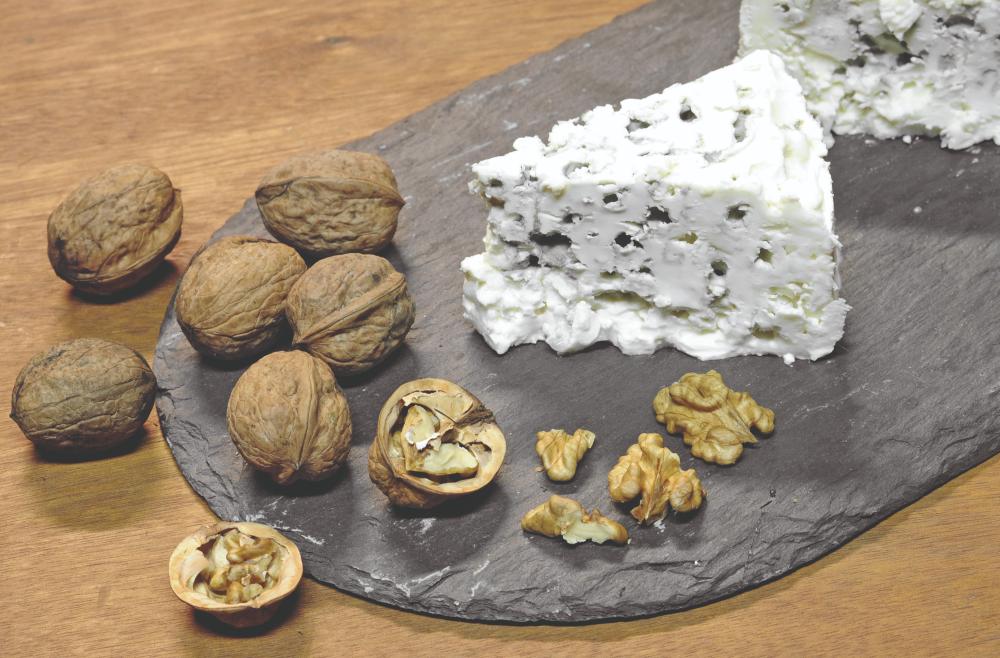
A proud heritage
Although many will be familiar with the supermarket version of Roquefort, nothing compares to visiting the famous caves in person. The Papillon brand, which appears on local food counters in brightly-coloured packaging adorned with its trademark butterfly, offers free guided tours in French multiple times daily.
Meanwhile, the larger Caves de Roquefort Société nearby are home to the biggest Roquefort producers and also offer daily guided tours in French, at a price of €7.50. The entrance fee includes a tasting session incorporating multiple flavours and is especially recommended during ripening season in the first half of the year.
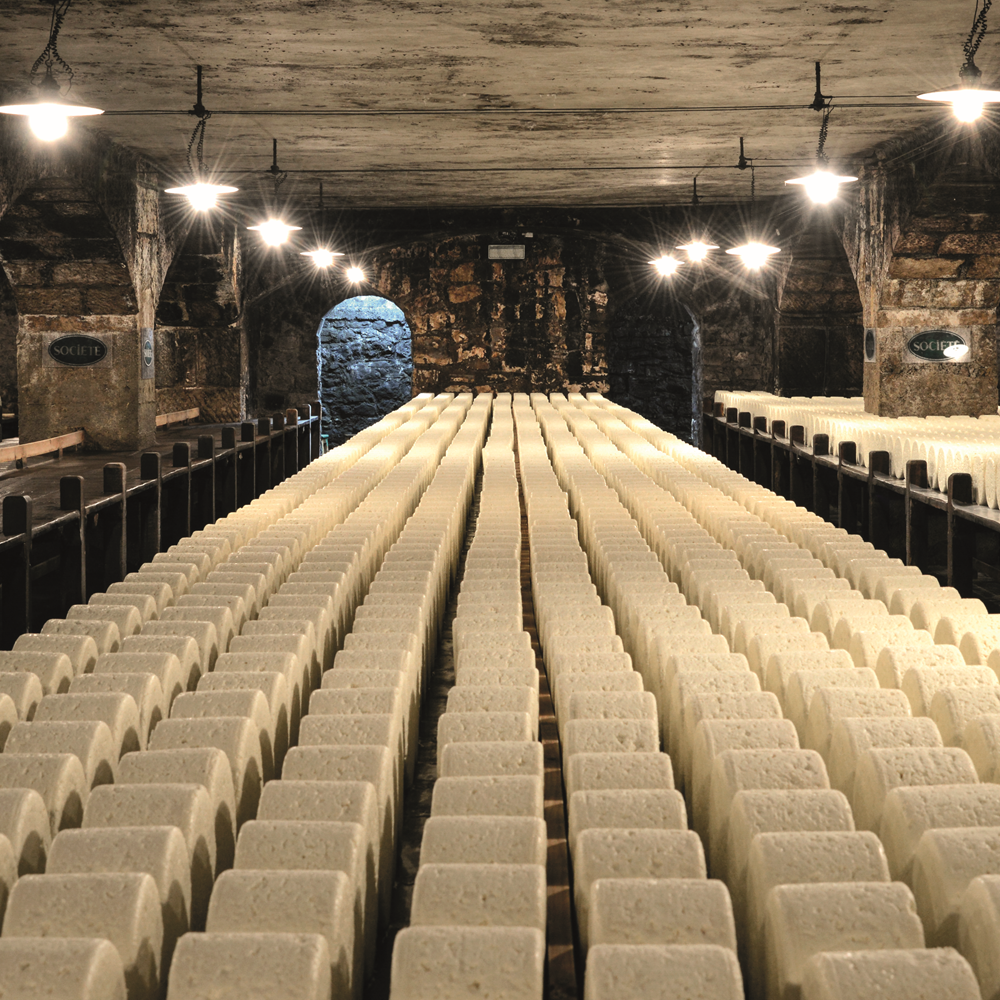
Finally, it’s virtually obligatory to pop into Roquefort Gabriel Coulet, as the headquarters are on the village’s main street. Noticeboards in English explain the process of producing the award-winning cheese. Like the creation of Roquefort itself, this cave was created entirely accidentally, with the house’s 1800s occupant originally planning to dig himself a wine cellar. By chance, he found fleurines (natural faults in the rock) and realised the conditions were perfect for cheese-making instead. Visitors can head to the shop to stock up before descending into the
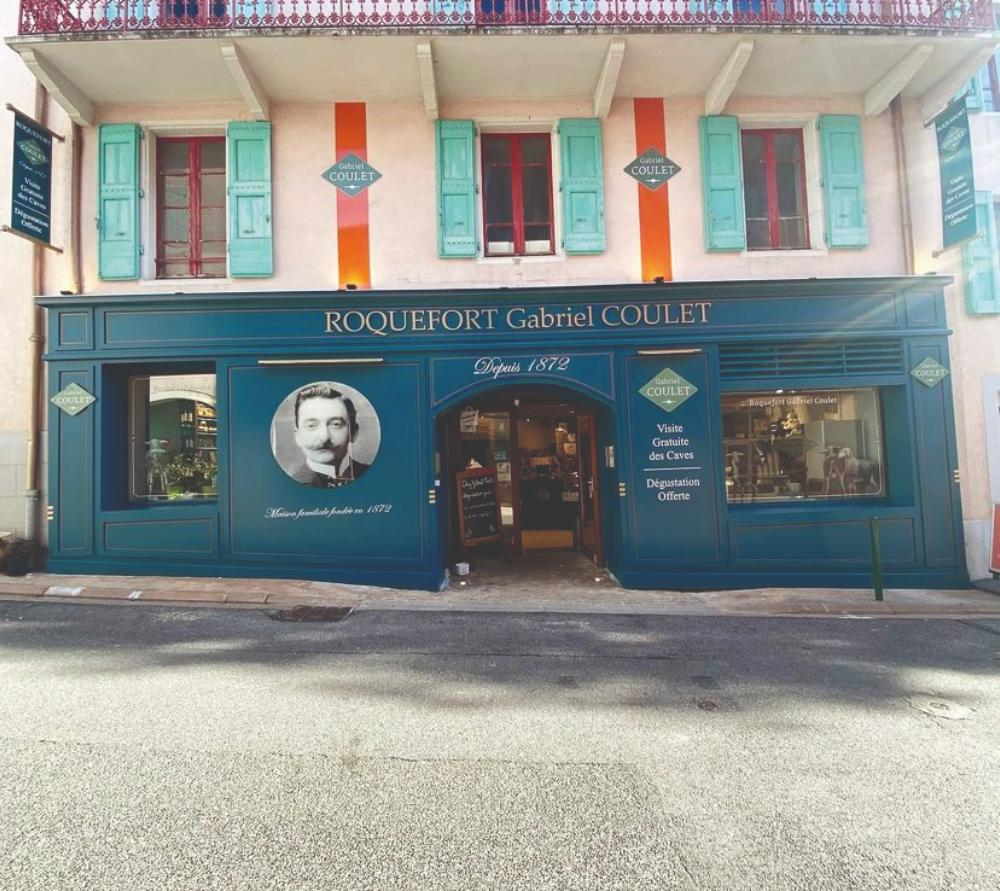
basement for a self-guided tour. The tiny yet picturesque village of Roquefort-sur-Soulzon is proud of its cheese heritage, with the side of one building boasting a huge mural depicting cheese rounds in the caves, alongside the phrase, “la tendresse coulée dans un roc”. Beneath it is an equally large countryside scene with a shepherd enjoying rural life. There are Roquefort-smothered burgers up for grabs in local restaurant Cave des Saveurs, while a little further away is a farm where, between December and August, 550 ewes are milked for the production of Roquefort.
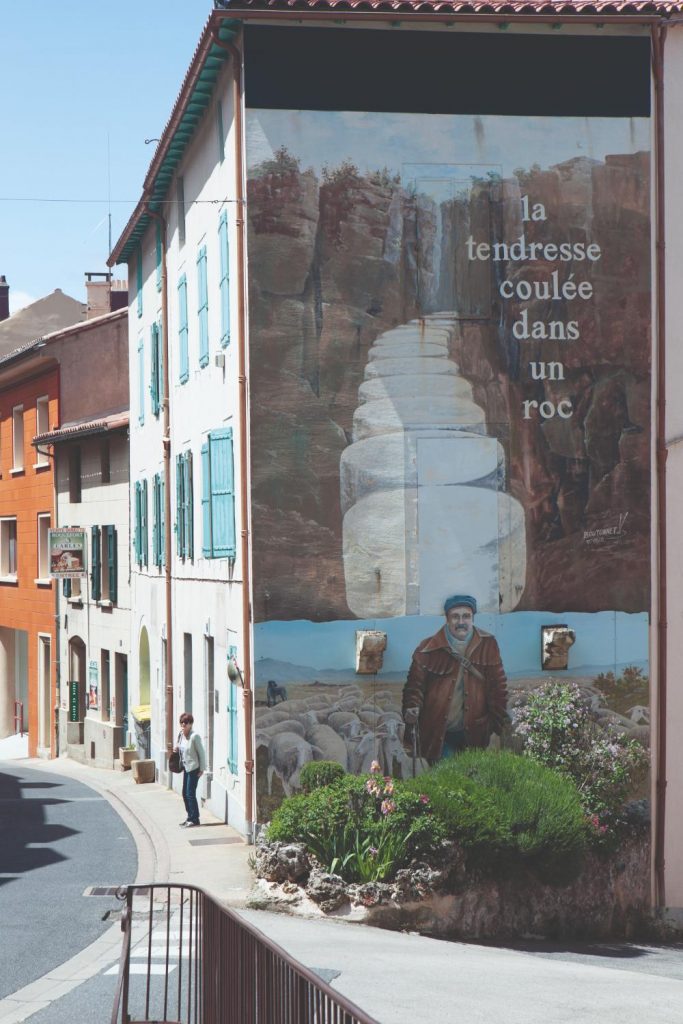
The village is time-consuming to reach by public transport, the nearest train station being 2km away from the caves, so most opt to travel by car. Rodez is the nearest airport, although for those willing to make a road trip of it, the area can also be reached by flying into Béziers, Montpellier, Carcassonne or Toulouse.
Cheese with a view
Less than half an hour’s drive from the Roquefort caves is Millau, an underrated destination boasting the tallest bridge in the world, impressively spanning the Tarn valley below. Better still, the viaduct’s breathtaking viewpoint hosts Le Capucin, a café offering an unusual way to sample Roquefort via a three-star Michelin chef’s modern interpretation of a budget snack – and the experience is simply unmissable.
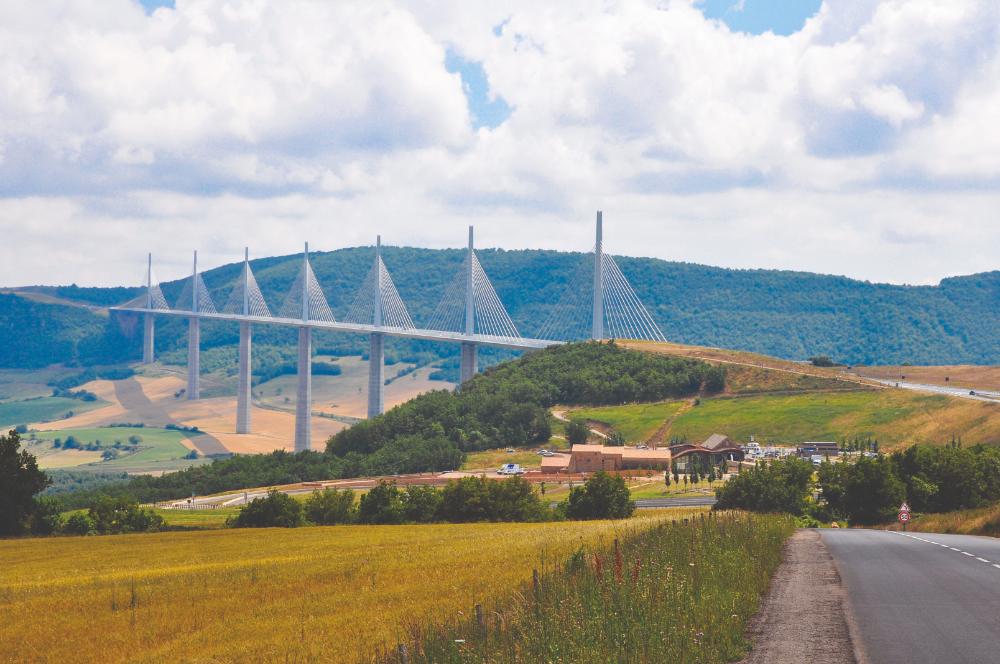
Michel Bras is renowned for his famous capucins – ice cream cone-shaped snacks fashioned out of a pancake and stuffed with traditional local delicacies. Cheese fanatics should instantly request the variety with a Roquefort and sweet and sour pear crumble filling – and there won’t be long to wait as the company prides itself on creating each one in just two minutes. With a mixture of hot and cold options, Bras insists that his ‘affordable’ brand is about ‘fast cooking’ rather than ‘fast food’ and, despite his owning expensive Michelin restaurants elsewhere in the region, here his snacks typically cost between just €5 and €15.
All the produce is local, while there’s a feast for diners’ eyes as well as their bellies, as the eatery overlooks the Millau Viaduct. It’s unmissable in autumn, when the foliage surrounding the bridge transforms into a explosion of vivid oranges and reds. Elsewhere in the Aveyron region, much less well- known but equally worthy of a taste test is the nutty Briquette de Brebis cheese, which is made from exactly the same sheep’s milk as Roquefort but is matured according to different rules.
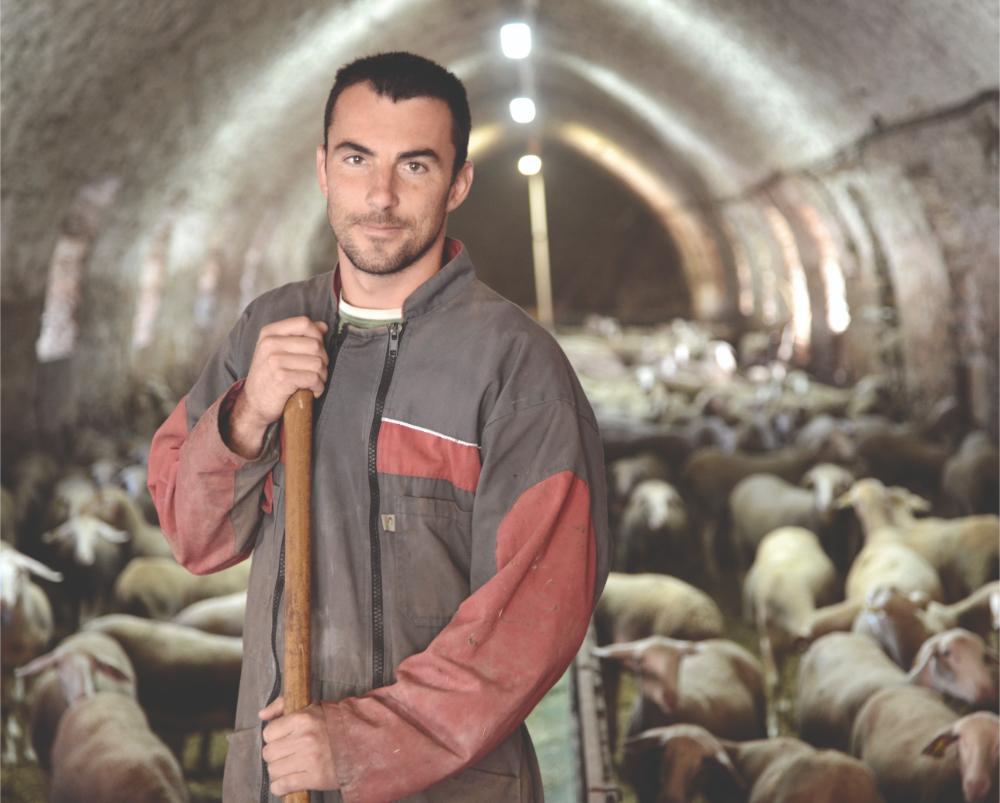
Roquefort is by far the most famous of all of the southern French cheeses, and the one that food tourism is centred around due to its caves being open to visitors, but it’s by no means the complete picture. Any road trip through the south will quickly unearth other delights, including the Cabécou de Rocamadour, which was used as currency back in the 15th century and was considered so delectable that it was a legitimate method of paying taxes. The annual Rocamadour Cheese Festival, held in May, is an excellent way to sample it, among the region’s other finest offerings. Nearby, nuns from a local abbey create Trappe d’Echourgnac, with a hint of liquor, in the heart of the Dordogne. While the site itself cannot be visited, there’s an excellent shop.
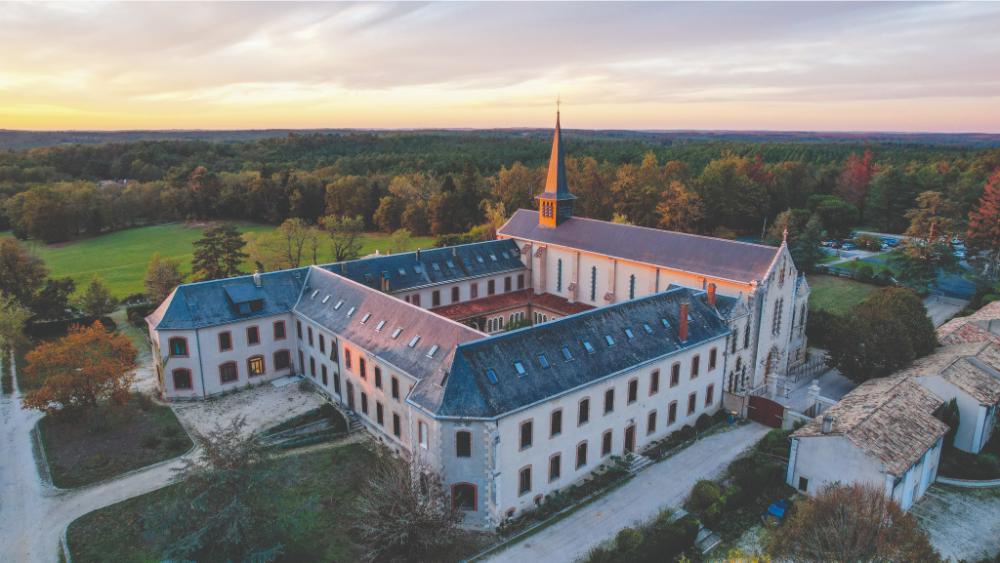
Bleu des Causses is another mild cheese made from cow’s milk which is aged in the caves of the Gorges du Tarn and is often compared to Roquefort. Or if you’re craving a cheese with a harder texture, continue your journey southwest into the Basque Country for a taste of Ossau-Iraty, which is delicious when paired with the local cherry confiture.
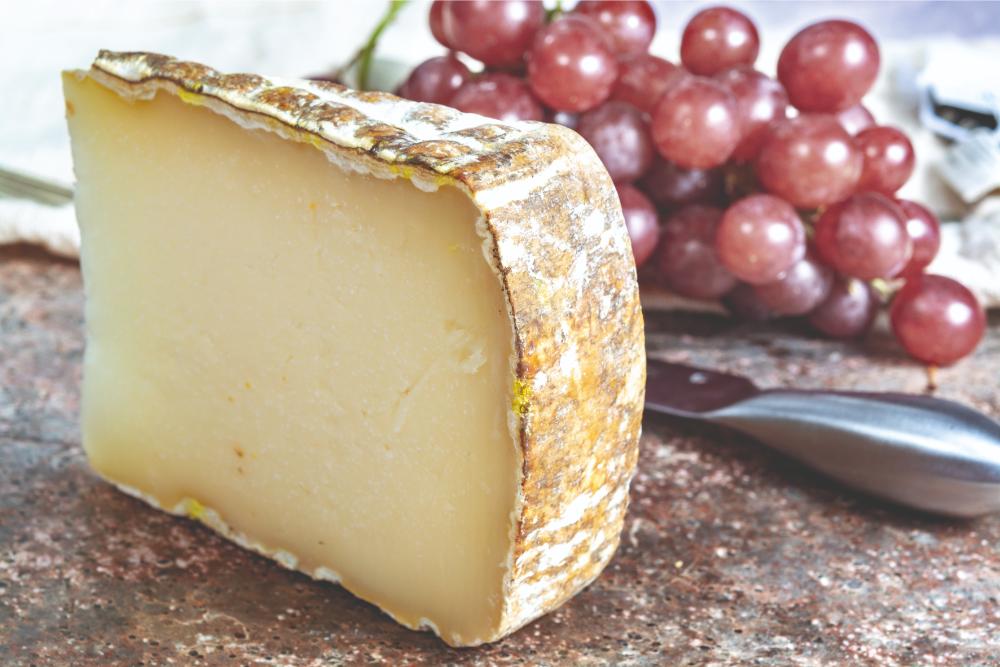
*Roquefort – and unpasteurised cheeses generally – are not recommended for pregnant women.
Latest Posts:
- Nine new restaurants awarded Michelin Green Star for sustainability
- 52 restaurants awarded one Michelin Star for 2024
- French bid to stamp out gastro ahead of Olympics
- Michelin recognises individuals in restaurants across France
- Where to go for dessert, according to Michelin

